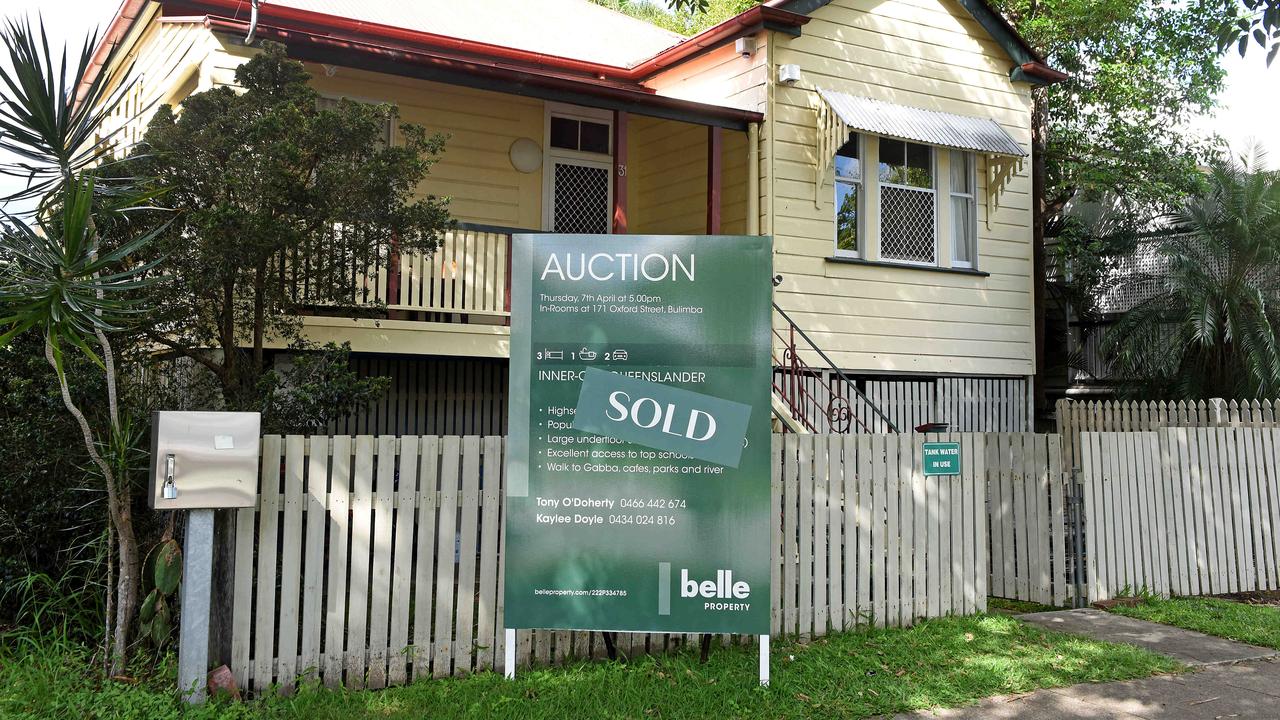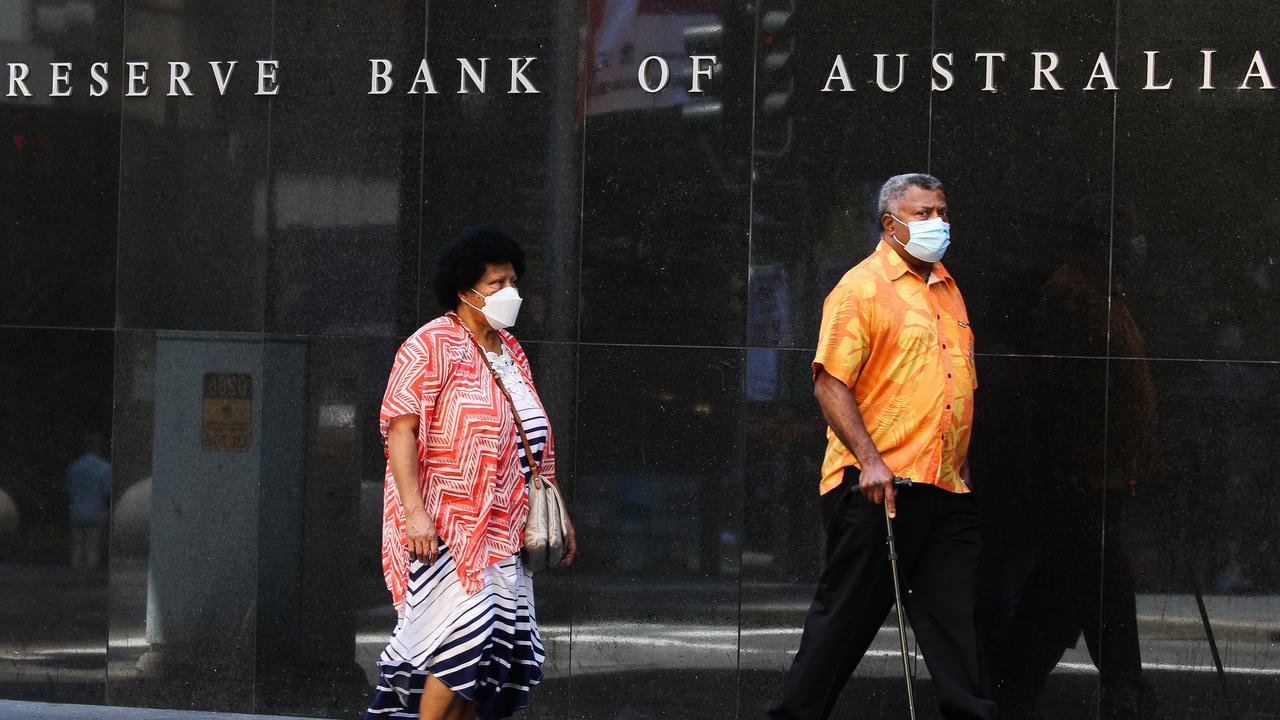Terrifying $900-a-month ‘cliff’ facing Aussies when fixed-rate loans end amid spiking interest rates
A huge number of Aussies who bought homes during the pandemic are in for a very rude awakening as they face an impending “cliff”.
Australians who bought a home during the pandemic are expected to be slammed with a mortgage “cliff” — adding up to $900 to their monthly repayments — when their fixed-rate loans end.
As the cash rate sat at a historic low of 0.1 per cent from November 2020, many borrowers were able to secure fixed mortgage rates below 2 per cent that year.
Almost half of all new lending — 46 per cent of it — was made up of fixed-rate loans by July 2020.
However, there are now concerns about will happen when those fixed terms end.
RateCity research director Sally Tindall said a sizeable number of households would come off between July and December next year — describing the situation as an impending mortgage “cliff”.
“Our estimate is that 38 per cent of people are currently on a fixed rate,” Tindall said, citing RateCity research that found $131 billion of fixed-rate mortgage terms from Commonwealth Bank, Westpac and National Australia Bank would end in the latter half of 2023.
Stream more finance news live & on demand with Flash. 25+ news channels in 1 place. New to Flash? Try 1 month free. Offer ends 31 October, 2022 >

RateCity said that if someone with a $500,000 loan took out a fixed-rate mortgage in July 2020 for 1.94 per cent (the average fixed rates at the time), they would currently be paying $2105 in monthly repayments.
However, when their fixed rate ends in July 2023, RateCity calculated they would be faced with an average “revert” rate of 5.68 per cent, based on Westpac’s forecasts for the official cash rate.
That would see repayments soar by $937 a month. Even on the lowest estimated variable rate of 4.42 per cent, monthly repayments would lift by $600.
When rates could dip again
A larger-than-expected cash rate rise this week took many by surprise, but not everyone is tipping the rises to continue in the long term.
The Commonwealth Bank (CBA) this week released a report that predicts what the RBA will do to tackle inflation over the coming years.
The bank’s experts say that “talk of a recession is premature”.
“Economic booms cannot run indefinitely,” they said. “But not all booms are followed by busts. Our expectation is that Australia’s current economic boom has a little further to run and the labour market will remain tight so we don’t foresee a bust.
“But growth momentum is anticipated to slow materially by late 2022 due to a swift and aggressive RBA tightening cycle.”
Australians got a taste of this “aggressive tightening” this week when the RBA hiked rates by 0.5 per cent.
At 0.85 per cent, the official cash rate on Tuesday was lifted to its highest level since September 2019 and marked the first back-to-back rate rise in 12 years. Prior to the announcement, experts believed the rise would be closer to 25 or 40 basis points.


Because of the larger than expected rise, experts at CBA have adjusted their forecast for what’s to come.
“We now expect a further 50bp rate hike in July followed by 25bp hikes in August, September and November that will see the cash rate target at 2.10 per cent by the end of the 2022,” they said. “The risk is a higher year end cash rate of 2.35 per cent which could occur with a hike of 50bp in August.”
However, they said that they do not expect any further rate hikes in 2023. In fact they believe that rates will be slashed in the second half of 2023.
They say this because they predict a sharp rise in interest rates will cause the economy to slow down.
“Our expectation is that economic momentum will slow significantly under the weight of a contractionary monetary policy setting in 2023,” they said.
“As such we expect to see policy easing on the agenda in H2 (the second half of the year) 2023. We have pencilled in 50bps of rate cuts in H2 2023.”
The bank appeared to be critical of aggressive rate rises – calling them a “very blunt tool” to address some of the supply side issues in the domestic and global economies right now that are contributing to higher inflation.

“Higher rates will not put downward pressure on the local price of electricity, gas, oil or food,” it said.
“These items are non-discretionary and their price rises hit all households, particularly those at the lower end of the income spectrum.
“This does not mean that rates shouldn’t be normalised as the labour market is tight and wages growth will rise.
“But the bigger medium term picture is absolutely paramount and there are other levers that can and should be pulled by policymakers to address some of the supply side issues, particularly around gas and electricity in Australia.”






